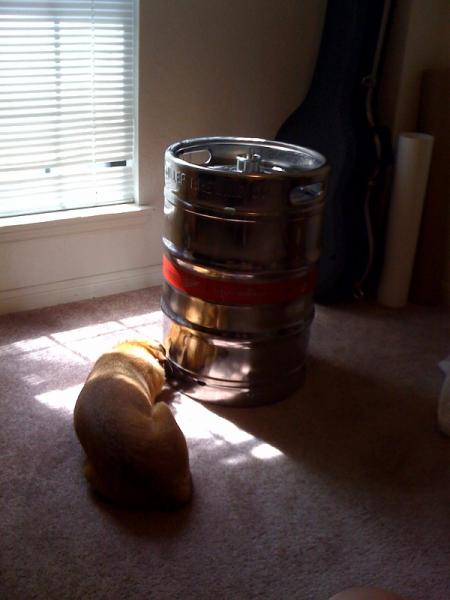zanemoseley
Well-Known Member
One more thing, my white gold wedding ring has been looking rough lately with doing a lot of yard work and stuff. I noticed the #5 said something about precious metals so I gave it a whirl. In about 30 seconds my ring looked good as new.



















































![Craft A Brew - Safale S-04 Dry Yeast - Fermentis - English Ale Dry Yeast - For English and American Ales and Hard Apple Ciders - Ingredients for Home Brewing - Beer Making Supplies - [1 Pack]](https://m.media-amazon.com/images/I/41fVGNh6JfL._SL500_.jpg)









